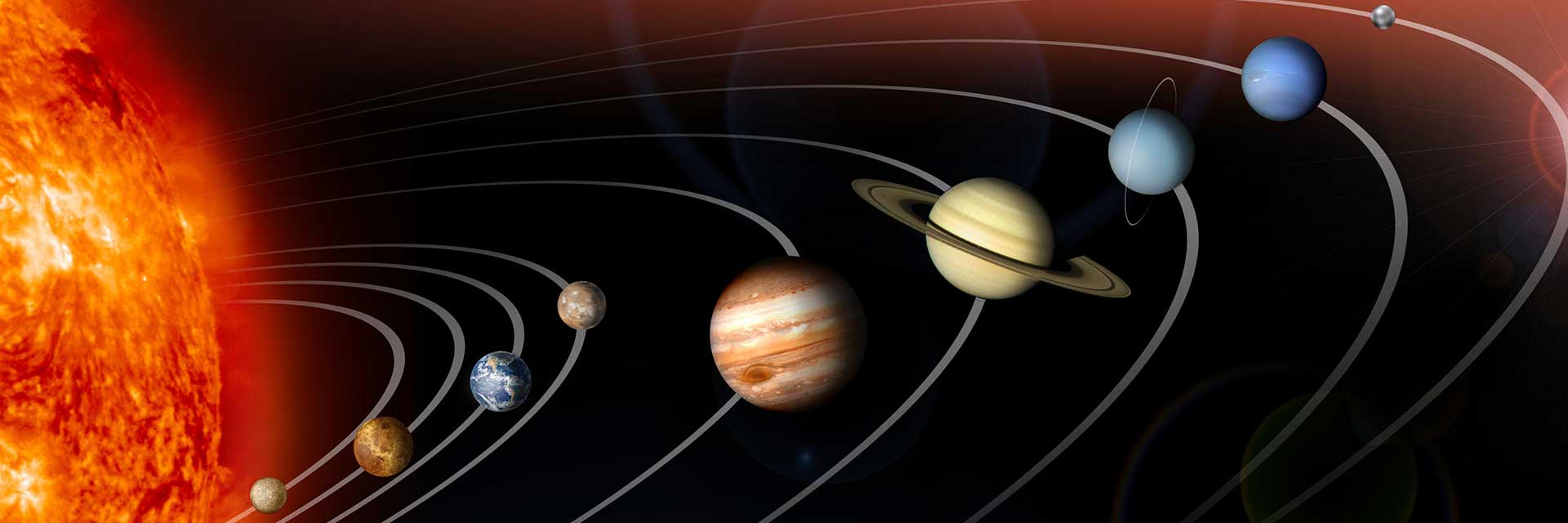How was the Sun born?
Introductory Level Guiding Question
Big Idea 3.3Educator Background
Like the life cycles of plants and animals, and even rocks, all stars, including the Sun, have a life cycle. The Sun was born 4.7 billion years ago, made from a stellar nebula, which is basically a star nursery. This is a great place for stars to be born because there is lots of dust and gas and all the things needed to make a planetary system. But just like the cycles on Earth, where matter is recycled over and over again (e.g. a dead animal decomposes and provides nutrients to a growing tree) stars die and provide material for the birth of new stars.
Learning Constraints
At this level, students know the Sun is a star (5-ESS1-1) and are exploring the life cycles of organisms on Earth (3-LS1-1). Students can understand that events (on Earth and in space) can happen on a longer time scale, too long for humans to observe (2-ESS1-1), which will help students better comprehend the time scale relating to the lives of stars. In grade 4, students continue to explore bigger time scales when they examine rock formations on Earth (4-ESS1-1).
Connect to Heliophysics
Connect to the Sun by emphasizing that the Sun formed about 4.7 billion years ago in a giant, spinning cloud of gas and dust called a nebula. A nebula is where stars are born. Over time, gravity brings all of that gas and dust in the nebula together, where it heats up, and starts to spin. The material spins faster and faster until it is flattened into a pancake-like disk. Most of that material became our Sun, at the center, and the extra material formed the planets around it.
Extend Exploration
Extend student exploration by investigating space dust. Is space very dusty? Space is dusty because ancient stars become so cool that dust grains can condense out of the star's outer layers, like rain condensing out of clouds on Earth. These dust grains are then driven out into space and become part of stellar nurseries.
Differentiate for Beginner Learners
Support younger students by thinking about how you can't make something from nothing, which is why we see cycles on Earth and in the universe.
Differentiate for More Advanced Learners
Challenge students at the next level by having them investigate how the Sun will end its life.

Featured Introductory Resources
Explore this guiding question with these featured resources.
Heliophysics Resouce Database
Use the guiding question above to explore resources at this level or go directly to our database to search for resources by level, NGSS performance expectation, topic, and mission.
Resource Data Base




